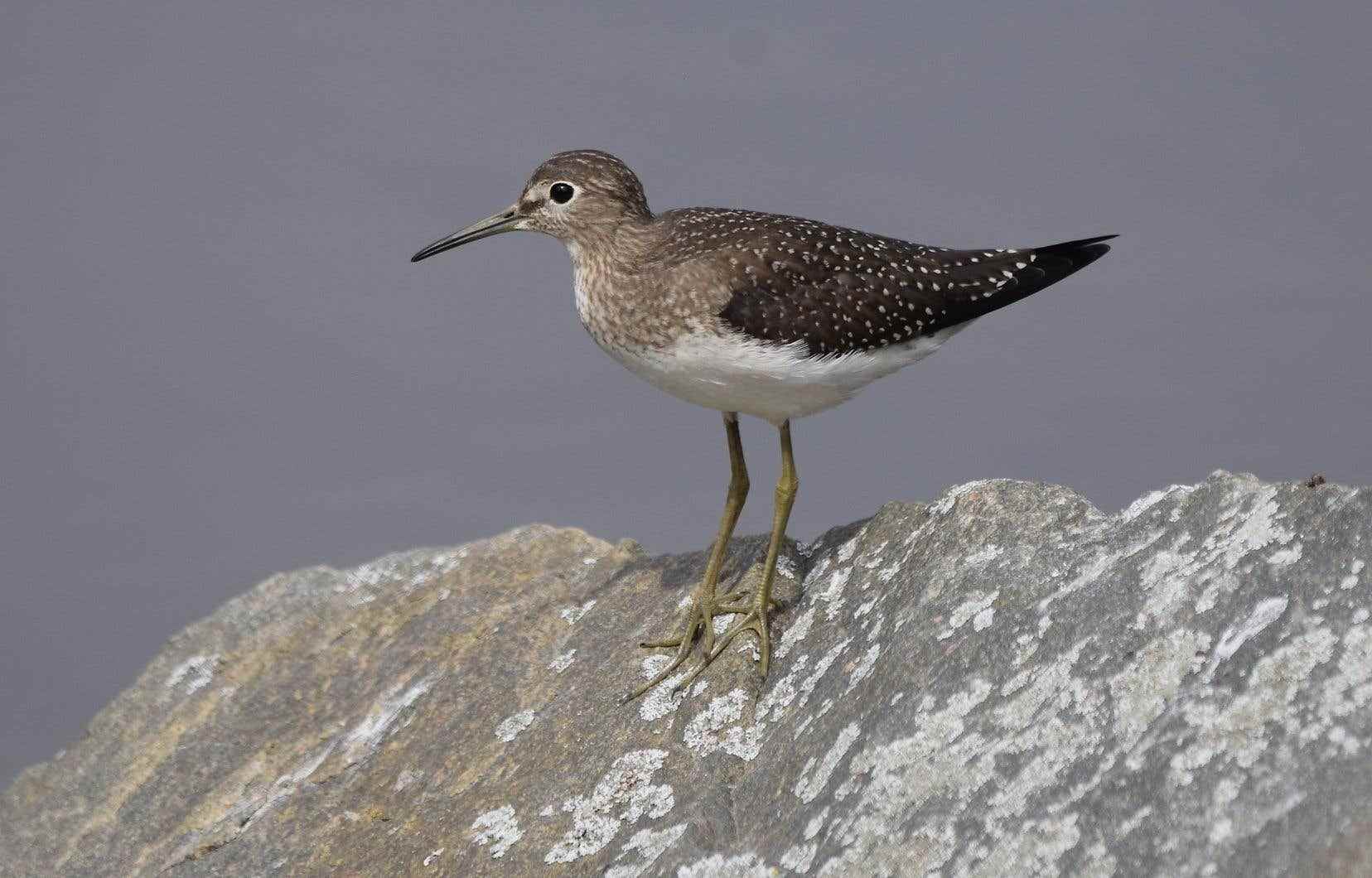The more the portrait of biodiversity becomes clearer in Canada, the more we see an increase in the number of wild species that would be threatened. This is what emerges from a federal report published Tuesday, a few days before the opening of the UN conference on biodiversity (COP15), and which shows that the situation of several thousand species is still unknown in the country.
The report Wildlife 2020, which required five years of work, assesses the situation of 50,534 species found in Canada (including 21,933 present in Quebec), out of the approximately 80,000 found in the country. This assessment therefore casts a very wide net. It includes both fungi and marine mammals, including insects, plants, molluscs, fish, birds, reptiles or amphibians.
The results of this national scale assessment indicate that 2253 species are “may be at risk” in Canada. This includes 873 “critically imperiled”, 1245 “imperiled”, 40 “presumed extirpated” and 95 “possibly extirpated” species.
Of all the species “may be at risk”, 137 have 75% or more of their range in Canada, including 105 species considered endemic to Canada (which are found nowhere else in the world). “Canada has an important responsibility to conserve these species,” says the 183-page report, which mentions few species specifically.
Since 2000, it is stated, “the number of species that may be at risk identified in the reports wild species has steadily increased, especially as a result of the increase in the number of species included”. In the report published in 2015, 1,659 species were listed as “possibly at risk” out of the 29,848 assessed.
Among the categories of species that are most threatened, reptiles are the most affected. Barely 28% of species are considered “secure”. It must be said that they are exposed to several threats, including “habitat fragmentation and destruction, road mortality, capture of individuals for the pet trade, predators, pollution, invasive species, disease, and persecution by humans”.
Amphibians face similar threats, according to the federal report, which recalls that “in some regions of Canada, 90% of wetlands have disappeared”.
” Lack of knowledge “
According to data put forward by the government on Tuesday, “80% of species assessed are secure, while 20% present some level of risk of extinction in Canada”.
This would mean that at least one in five species would be threatened. According to what emerges from the report, however, it is impossible to assess the status of 21,997 of the 50,534 species due to “a lack of knowledge”. Such an assessment would make it possible to know, for example, if the species is in danger or if its habitat is threatened.
Taking all 50,534 species into account, the report concludes that 39% are “apparently secure or secure”. “The percentage is low due to the high proportion of unrankable or unranked species,” the document reads.
There are species whose current status is impossible to specify in several categories. Of the 1395 known species of fish, 382 are unclassifiable. There are also 903 species of bees in Canada, of which 590 are unclassifiable. Of the 5430 known species of butterflies, 1426 cannot be classified, as are 95 of the 152 known species of coral.
In addition, there are at least 30,000 species for which “we do not have lists of where they are found in Canada,” the report says. “If they are not documented, the species could disappear without realizing it. In future reports, efforts will be made to increase the number of species groups to fill these gaps in our knowledge of Canada’s biodiversity. »
The publication of this status report comes a few days before the start of COP15 in Montreal. The federal government also reiterated on Tuesday its commitment to protect 30% of the country’s natural land and sea environments by 2030.
“Alarming” portrait
Responsible for biocultural and marine conservation at the Society for Nature and Parks of Quebec, Véronique Bussières is also pressing the federal government, but also that of Quebec, to create new protected areas in order to preserve a diversity of ecosystems in country.
The biologist believes that the report released Tuesday paints “an alarming picture” of the situation of biodiversity in Canada, pointing out that 20% of wild species are threatened, to varying degrees, with extinction. In this context, it deems it necessary to strengthen the application of laws intended to protect them, including the Act respecting threatened and vulnerable species in Quebec.
“While several species are protected by laws, the political will does not always allow them to be applied. We must also agree between levels of government on the strategies and measures to be adopted to protect and restore a species such as the case of woodland and mountain caribou,” underlines Cyril Frazao, Acting Director General of Nature Québec.
According to him, COP15 would be “the perfect opportunity for Quebec and Canada to make announcements regarding the legal protection of new species, the addition of new measures for the recovery of species already protected or the conclusion of partnerships to improve cooperation to more effectively protect fauna, flora and habitats. »
